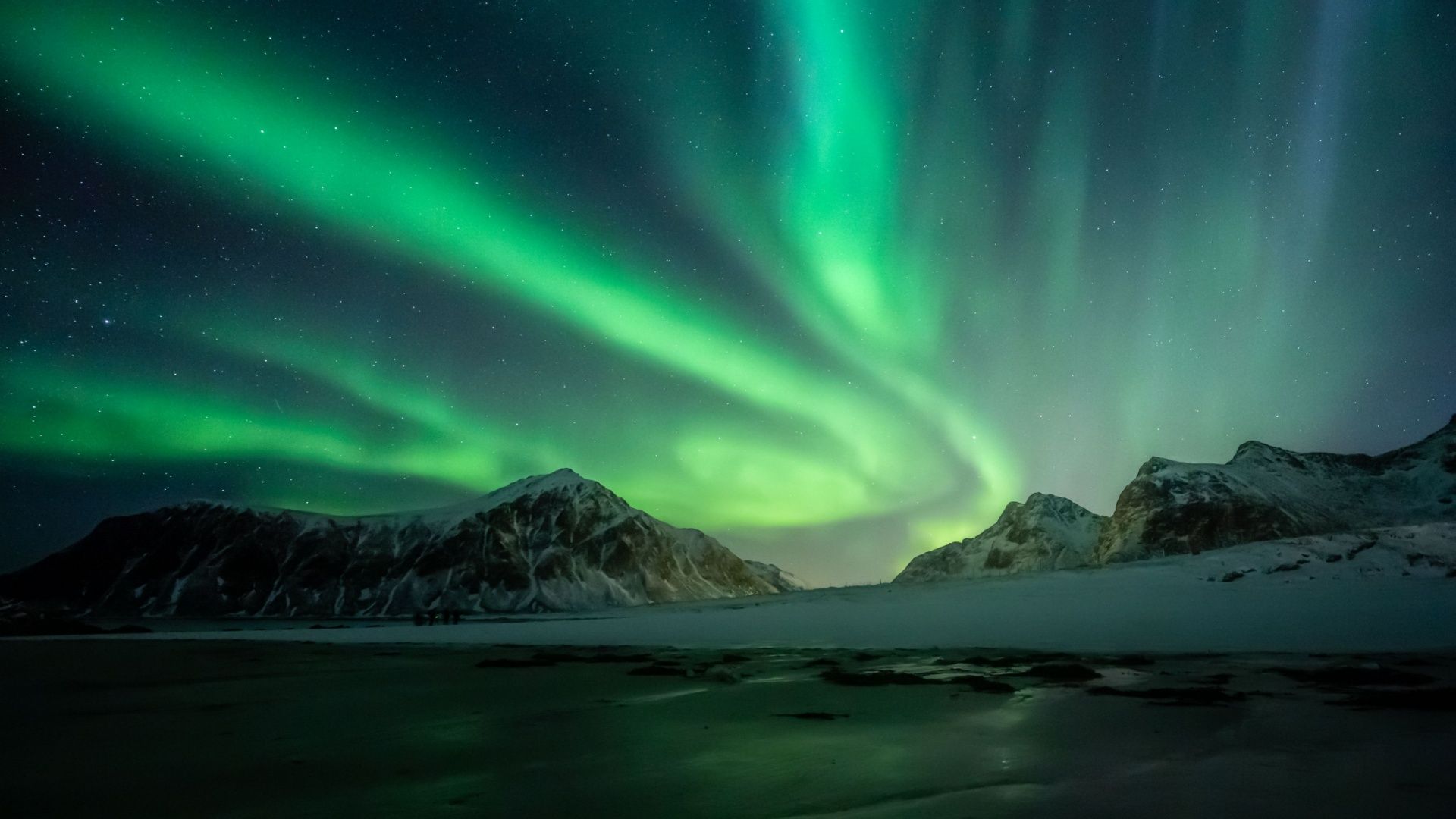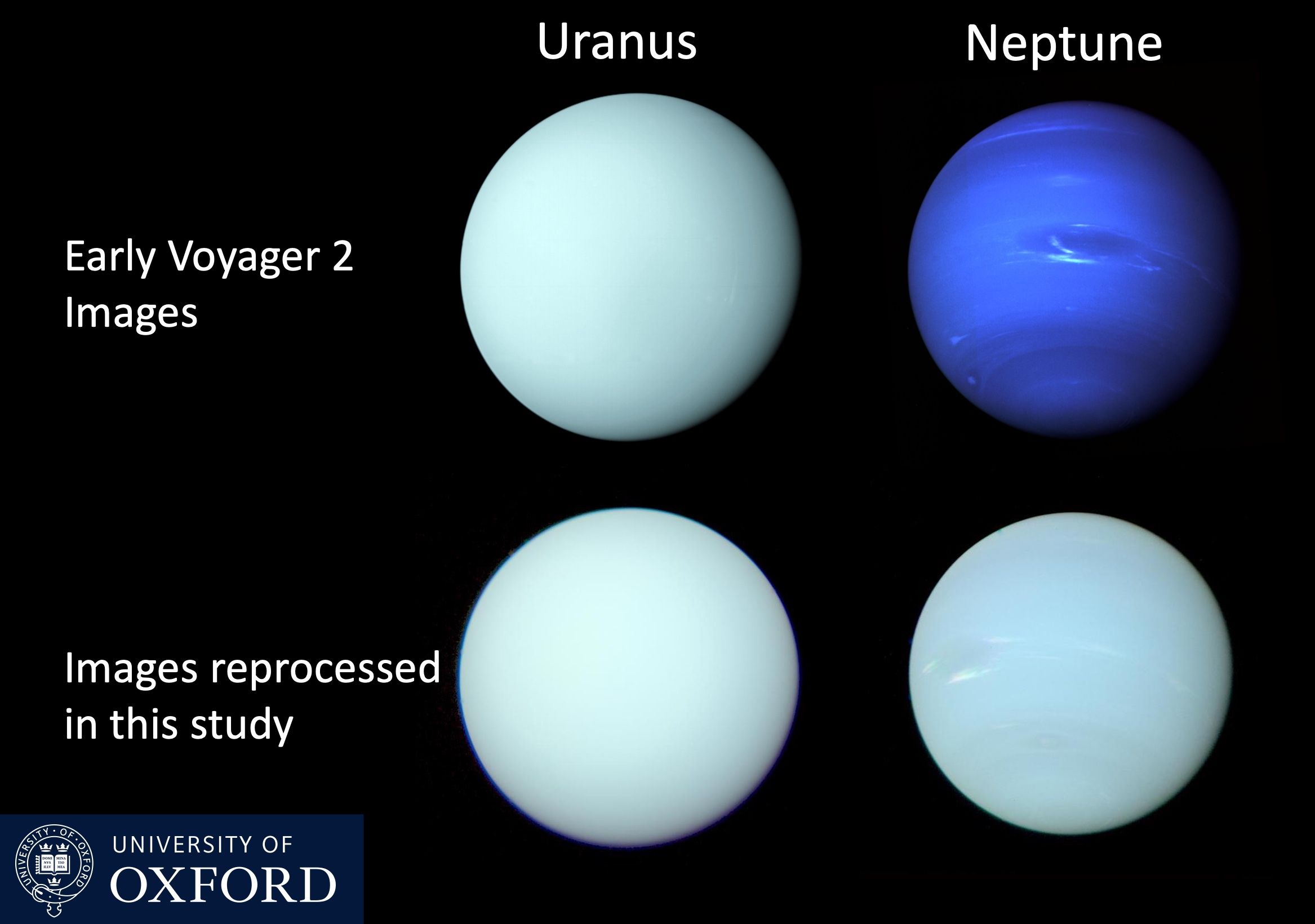Space is loaded with strange things—black holes, pulsars, gigantic clouds of alcohol, and more weird planets than you could count. Even our own solar system has some oddballs—like Neptune.
Neptune’s Surface Gravity is Similar to Earth’s
Jupiter is the heavyweight champion of the planets, but Neptune is no slouch either. According to NASA, Neptune is about 17 times more massive than Earth, so you’d expect the gravity to be crushing. However, at Neptune’s surface, the gravity is only about 1.1 times the gravity we experience on Earth. In other words, if something weighed 100 pounds on Earth, you would find it weighs 110 pounds on Neptune.
Of course, Neptune is made of gas, and doesn’t have a distinct surface like Earth and the other rocky inner planets do, so how can you even talk about a “surface” at all? To make the comparison, scientists calculated the point where the atmospheric pressure on Neptune is equal to the standard atmospheric pressure on Earth, about 14 pounds per square inch.
Neptune’s Magnetic Field is Tilted
On Earth, the magnetic field and the axis of rotation pretty nearly line up, though the magnetic pole does wander by a few hundred miles. That is why you can use a compass (which is guided by the magnetic field) to find the geographic north pole.
However, on Neptune, the situation is very different. Neptune’s magnetic field is angled about 47 degrees away from the rotational axis of the planet.
That produces some interesting effects, most visibly how it affects the aurora. Auroras occur when energetic charged particles from the Sun interact with gas in the atmosphere. Because Neptune’s magnetic field sits at a 47-degree angle, Neptune doesn’t get auroras at its North and South poles, it actually experiences them closer to the middle of the planet.
The study, published in Nature, also found that Neptune’s upper atmosphere has cooled from about 890 F to 350 F since Voyager 2’s visit 30 years ago.

The 6 Best Tips for Seeing the Northern Lights
They’re like nothing else on Earth.
It Formed Closer to the Sun
Neptune is the most distant planet in the solar system, orbiting some 2.7 billion miles from the Sun. The vast distance means that Neptune takes 165 Earth years to go around the sun just once.
However, not everyone thinks it began its life so far out. The Nice model, named after Nice, France, suggests that Neptune actually formed much closer to the Sun than it is today—probably somewhere just past Saturn, though it could have been somewhere between Jupiter and Saturn.
It is difficult to prove, but the motion of distant objects in the solar system fit the explanation nicely, and that model also explains why the inner planets (Mercury, Venus, Earth, and Mars) seem to have been pummeled by asteroids and comets some 4 billion years ago.
Neptune Has Rings
There is no question that Saturn has the most iconic rings in the solar system, but it isn’t the only planet that has them. In fact, Jupiter, Uranus, and Neptune all have rings too. They’re just not as impressive as Saturn’s.
As planetary rings go, Neptune’s are especially dim—we couldn’t even confirm they existed until Voyager 2 got a close look at the planet in 1989. Since then, Neptune’s rings have been imaged by JWST in near infrared, providing important insights into their composition and structure.
Neptune’s rings aren’t as dense as Saturn’s, and they tend to be composed of dust.
It Probably Isn’t Dark Blue
When Voyager 2 cruised past Neptune in 1989, humanity was treated to a spectacular view of the dark blue planet—except, it probably isn’t dark blue, according to a study published in the Monthly Notices of the Royal Astronomical Society in 2024.
Scientific photographs aren’t like the photos you take with your phone or a camera. They usually require extensive processing first, especially if the image was taken with instruments that record in infrared or ultraviolet, for example.
When Voyager 2 passed Neptune, the team that processed the images did so in a way that allowed everyone a better view of the important details in Neptune’s atmosphere, and consequently, made it appear darker blue than it really is. It is a bit like punching up the contrast in a photo to make faint text more legible.
So just what does Neptune look like? Well, a bit darker Uranus, but a far cry from the deep sapphire we’ve all come to love.
It is almost a bit disappointing.
Unfortunately for us, Neptune is too far away to see any detail with a pair of binoculars or a backyard telescope. At best, you’ll be treated to a very dim view of a tiny blue dot. However, there are plenty of other great things to look at if you only have a pair of binoculars.










Leave a Comment
Your email address will not be published. Required fields are marked *